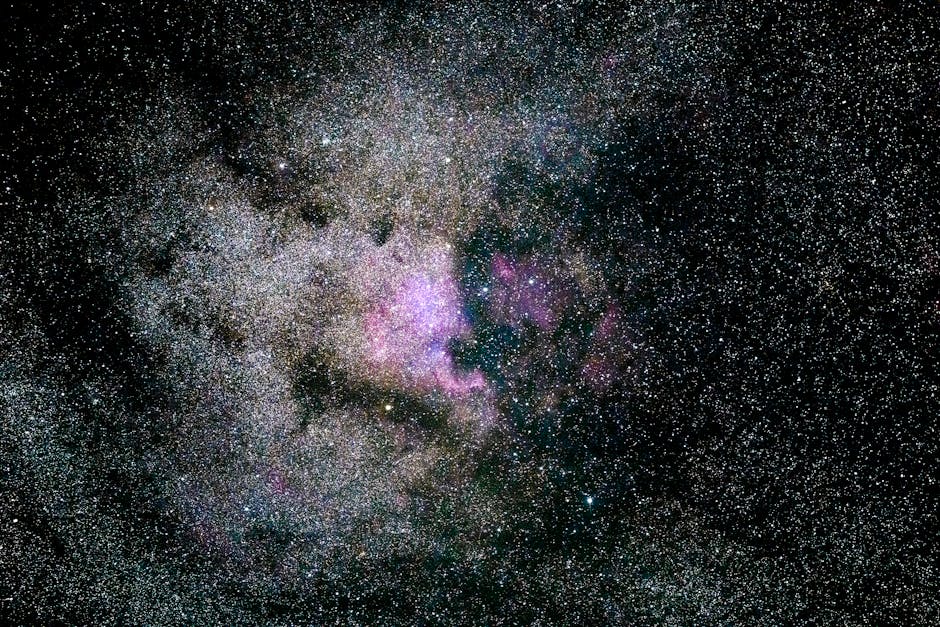The initial expansion, following the Big Bang, was driven by the immense energy density of the early universe. This early phase was dominated by radiation and later by matter, leading to a deceleration of the expansion rate. However, observations made in the late 20th century, primarily through the analysis of distant supernovae, revealed a startling discovery: the expansion is not decelerating; it is accelerating. This acceleration necessitates the existence of a repulsive force, a component with negative pressure, now known as dark energy.
Dark energy is a mysterious substance that constitutes approximately 68% of the total energy density of the universe. Its nature remains one of the biggest unsolved mysteries in physics. The simplest explanation for dark energy is a cosmological constant, a constant energy density uniformly distributed throughout spacetime. This idea was originally proposed by Einstein as a “cosmological term” in his field equations of general relativity, although he later retracted it, calling it his “biggest blunder.” However, the observed accelerated expansion has revived interest in the cosmological constant as a possible explanation for dark energy.
Einstein’s field equations, the cornerstone of general relativity, relate the geometry of spacetime to the distribution of matter and energy within it. These equations can be written as:
Gμν + Λgμν = 8πG/c4 Tμν
where Gμν is the Einstein tensor describing the curvature of spacetime, Λ is the cosmological constant representing dark energy, gμν is the metric tensor, G is Newton’s gravitational constant, c is the speed of light, and Tμν is the stress-energy tensor representing matter and energy. The cosmological constant term, Λgμν, acts as a repulsive force, counteracting the attractive force of gravity and driving the accelerated expansion.
Other theoretical models have been proposed to explain dark energy, such as quintessence. Quintessence is a dynamical scalar field that varies in time and space, unlike the constant cosmological constant. These models offer a potential explanation for the evolution of dark energy, potentially leading to a variation in the expansion rate over cosmic history. However, currently there’s no conclusive observational evidence to favor one model over another.
The evidence for cosmic acceleration comes from several independent observations. Supernovae Ia, a class of exploding stars with remarkably consistent intrinsic brightness, serve as “standard candles.” Measuring their apparent brightness allows astronomers to estimate their distances. By comparing these distances to their redshifts (a measure of how much their light has been stretched by the expansion of the universe), astronomers have found that the expansion rate is increasing.
Further supporting evidence comes from cosmic microwave background (CMB) radiation. This radiation, the afterglow of the Big Bang, contains subtle temperature fluctuations that reflect the initial conditions of the universe. Detailed analysis of these fluctuations using sophisticated computational techniques provides strong constraints on cosmological parameters, including the contribution of dark energy to the overall energy density. The observed properties of the CMB are consistent with a universe dominated by dark energy driving accelerated expansion.
Baryon acoustic oscillations (BAO) provide yet another independent confirmation. These are sound waves that propagated through the early universe, leaving behind characteristic patterns in the large-scale distribution of galaxies. The observed size of these BAO features, when compared with theoretical predictions, yields information about the expansion history of the universe, further supporting the accelerated expansion scenario.
Despite the substantial evidence supporting the accelerated expansion driven by dark energy, several significant challenges remain. Understanding the nature of dark energy and its origin requires a fundamental leap in our understanding of physics. The cosmological constant, while simple, presents a significant theoretical problem. Its value, predicted by quantum field theory, is vastly different from the observed value, a discrepancy often referred to as the “cosmological constant problem.”
Another open question relates to the future evolution of the universe. Will the accelerated expansion continue indefinitely, leading to a “Big Freeze” where galaxies recede from each other so rapidly that they eventually become causally disconnected? Or will the nature of dark energy change, potentially leading to a different fate for the universe?
In conclusion, the ongoing expansion of the universe is a compelling scientific mystery. The observed acceleration of this expansion strongly suggests the existence of dark energy, a repulsive force that constitutes a major portion of the universe’s energy density. While the cosmological constant provides a simple explanation, the nature of dark energy remains elusive. Ongoing observations and theoretical advancements are crucial to addressing these open questions and furthering our understanding of the universe’s ultimate destiny. The detailed analysis of supernovae data, CMB anisotropies, and BAO features provides a strong body of evidence supporting the accelerating expansion, but the fundamental nature of dark energy, and consequently, the ultimate fate of the universe, remains a vibrant area of research and ongoing scientific investigation.
